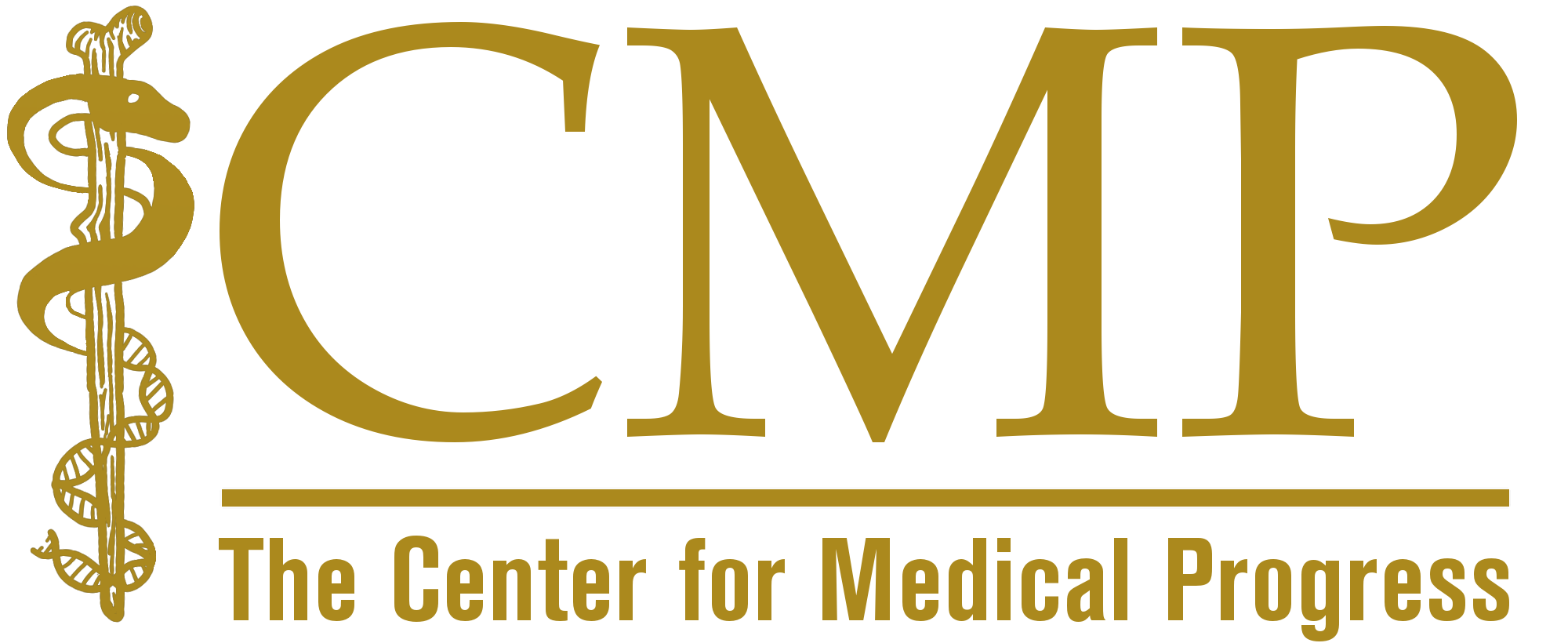Buyer: Yeah. Off the top of your do you happen to remember, or I don’t know if we can talk about this, the, like, per-specimen what compensation was like from Amphioxus, just so we have kind of a ballpark idea.
PP: I don’t. That one, would definitely be different.
Buyer: Right, because they are pretty different. I’m just thinking in terms of, like a paired liver-thymus from a single donor, what we might be looking at for that.
PP: Yeah. Because we had two levels of invoicing for them, we’ve had it worded as “per consent,” because the consent process was the administrative part that we had to do, and then we had an overall administrative fee for basically working it into the clinics themselves. And at the time, “per consent” was $25. And that also covered if a patient consented to be in the study and then for whatever reason, we didn’t get a sample, or she changed her mind, because I see, I didn’t do that budget. It was, existed when I got here. So there’s probably some situations where somebody would consent and then just not, we didn’t get a sample or she changed her mind or something happened to the specimen or I can’t think of it off the top of my head. But we technically can’t, ethically I don’t think they were, based on what I’m reading here, I think it’s paying for the specimen itself, that language that we–
Buyer: Right. On paper, it has to be massaged a little.
PP: Yes. Yeah. Yes. So, the consent process is what is unique to the visit, is consenting the patient.
Buyer: Right. Now obviously, we don’t want to end up paying for material that we can’t use—
PP: Obviously.
Buyer: And that might be, so if there’s a certain, like, consent fee and then something else that represents the specimens–
PP: Mhm. Yep. Yeah. I think definitely a, a-la-carte approach would be the best. Because if there’s, say for instance your project with the sickle cell. If there’s a level of screening that has to happen so there’s not everyone that comes in needs to be approached, that involves time and so something for the screening. And then any paperwork that has to be done that’s unique to donating the tissue. And then anything that is unique in the processing. So anything that is standard of care, that’s going to be standard, stays the same and is not billable. Anything that is going to be specific to acquiring the specimens, then that would be–
Buyer: Yeah.
Buyer: And so then that’s what we would want to make sure is your compensation would be higher for that specimen, and then how we say that, how we–
PP: Yes. How we frame it, I think is important too. I think that we’re not altering anything, and that it’s clear that we’re not altering anything, even if the procedure itself there’s a modification in how they do it, it’s still the same procedure, but we’re doing it in a way that we preserve the integrity of the specimen, I think is, yeah. Something that we can definitely discuss that with Tram.
Buyer: It sounds like what can probably happen is we can kind of give you our needs–
PP: Mhm.
Buyer: And sort of how in our, according to our budgeting and our practical use kind of how we look at everything–
PP: Mhm.
Buyer: And then you guys can kind of translate that–
PP: Yes.
Buyer: You know, translate that into something that looks good on paper. [laughter]
PP: Yep. Yeah. And you know, again, knowing that I think the biggest thing is staff and management want to see that costs are covered.
Buyer: Mhm.
PP: You know? And obviously, from our model, and ideally, in my context of budgeting for crazy, budgeting for crazy also includes making sure we budget for some things that we just can’t predict for. Okay, we think that this thing is gonna take this time, and we’ll take the, go through the steps of starting to time it, but then maybe when we actually start implementing, then like you had suggested, “Hey, come back to me,” because we find that this particular step, when we’re using that actual product, or the actual instrument, we have to do this, this, and this to get it instead of it just being one step. And we definitely take that into consideration. We try to do everything we can on this end to role play it and time it and–
Buyer: Mhm, mhm. I just don’t want it to turn into a situation where it’s not financially beneficial for you.
PP: Yeah, yeah. And we’ll, I’ll take you up on that. I’ll take you up on that. We definitely want to do that. Because that’s what staff and management need to see. Is that we’re not underwriting anybody’s project. And I go to great efforts to demonstrate what the cost, actual cost is to us–to whomever asks–and then, this is what is budgeted. So they know, okay, you’re covering costs, there’s margin, that’s covering overhead, or whatever we need, just to make sure everything is covered.
Buyer: Right, and so then when we’re coming in and making it beneficial to you financially–
PP: Mhm.
Buyer: You can frame it so that that’s–
PP: Mhm. Yes.
Buyer: Okay.
PP: Yeah.
Buyer: Because that’s how we’re going to keep you happy, right?
PP: Yes. Yes.
Buyer: To make sure that financially–
PP: Yes.
Buyer: You’re growing your clinic–
PP: Mhm.
Buyer: And however you need to say that, framing that on the other end.
PP: Mhm. Yes.


